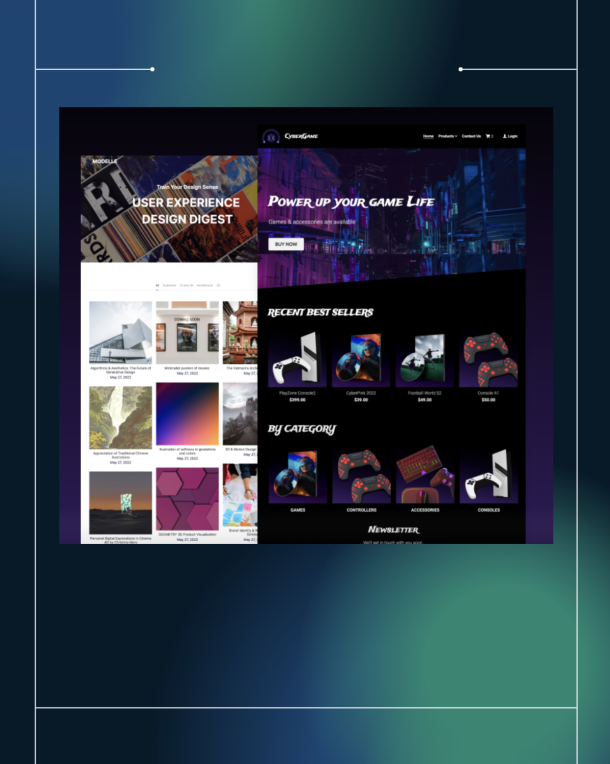There’s something about digital media that leads you to believe that you could take shortcuts, jump through the hoops, and change the dynamics of marketing and even interpret customer behavior differently.
Writing crap and stuffing blog posts with keywords don’t work. Yet, the trend is still on.
Social media has a “social” component to it, and that’s what makes social media “social”, but many businesses refuse to work with social the way they should.
Email marketing is the real money-maker, but you apparently don’t want to take the trouble to setup a few basic and simple campaigns such as launching RSS-to-email campaigns for all the content you publish on your blog or sending occasional broadcast emails with valuable or exclusive info, purpose-built to “nurture” your subscribers (and not to sell).
Many businesses don’t have these basics in place, let alone anything remotely fancy such as Email marketing automation.
The trend continues to sales funnels too and I see how easy and tempting it is to take shortcuts with funnels.
Here are one, all-too-common, loss-making but still tempting funnel setup that you should avoid:
Sales first, everything else comes later
I understand why this kind of a funnel setup is tempting. Cash is king and when sales happen (instead of just leads), it’s the ultimate “Cha-ching” moment, right?
I mean, who doesn’t want money rolling in when you are running Facebook ad campaigns, Adwords campaigns, or even when you just do organic digital marketing.
A typical funnel with focus on sales looks like this:
You could be tempted all you want, but just don’t waste time building a funnel like that.
You’ll make a sale or two (maybe) but it’s not sustainable. You won’t be able to keep that up for long.
Why? Because that’s not how it works.
When you set up a funnel like this, You are jumping the hoops here and thinking “small” — you are looking at making one sale or two. But that’s not the point. The point of marketing or advertising is for you to look at LTV (Lifetime Value) of a customer and not just a transaction.
Your potential customers (apart from a very few people who’ll end up buying)
- Might absolutely not be interested to buy what you have to sell.
- Click on the ad (or arrive at your landing page from any traffic source), check out your sales page, and feel “resistance” and hence not buy.
- Arrive and leave without doing anything.
- Arrive, consider your offer, make a mental note, and leave so that they can look into this offer again.
- Not do anything.
- Go to the shopping cart and abandon it right there
Those are all possibilities. In any of the cases above, you just lost all the effort you took to bring these potential customers to your landing page in the first place.
A total waste, isn’t it?
- You’d do better if you
Gave up some kind of an offer to grab their email address for now - You could follow up with active lead nurturing in a sequential manner building up momento for the sale (that lovely email with an offer in it).
- Grow your pipeline and calculate the exact sales figures when you finally send out that email with a “purchase” offers in it.
To do that, you’d need to have patience and the right email marketing automation setup. Don’t over complicate this one, just use MailChimp or Drip.
You can still setup direct sales funnels this way:
You are in business and you need sales today. I understand that too. The only way to make sure you launch campaigns that are focused on sales (and not leads) is to ensure that:
- Track every page of your funnel.
- Put retargeting campaigns in place to go after all those people who’d leave the page or abandon shopping carts to bring them back to finish what they started.
- Enable smart automation and personalization techniques by using email marketing tools like Drip or ConvertKit. Build Landing pages with Unbounce, LeadPages, Instapage, or ConvertFlow.
- Mark as conversions (with specific URLs — most commonly used method) as your potential customers make a booking, fix an appoint, reserve a table at a restaurant, purchase tickets, buy online courses, or sign up for a membership program, or buy products off your eCommerce store.
- If you run Facebook ads to drive conversions (the definition of conversions will vary based on your objectives), please use the right pixel combinations to let Facebook know (and for you to know) that your campaigns are bringing you the results you need.
Avoid pushing for sales (you’ll only be disappointed). If you have to though, please go back read the post again.


